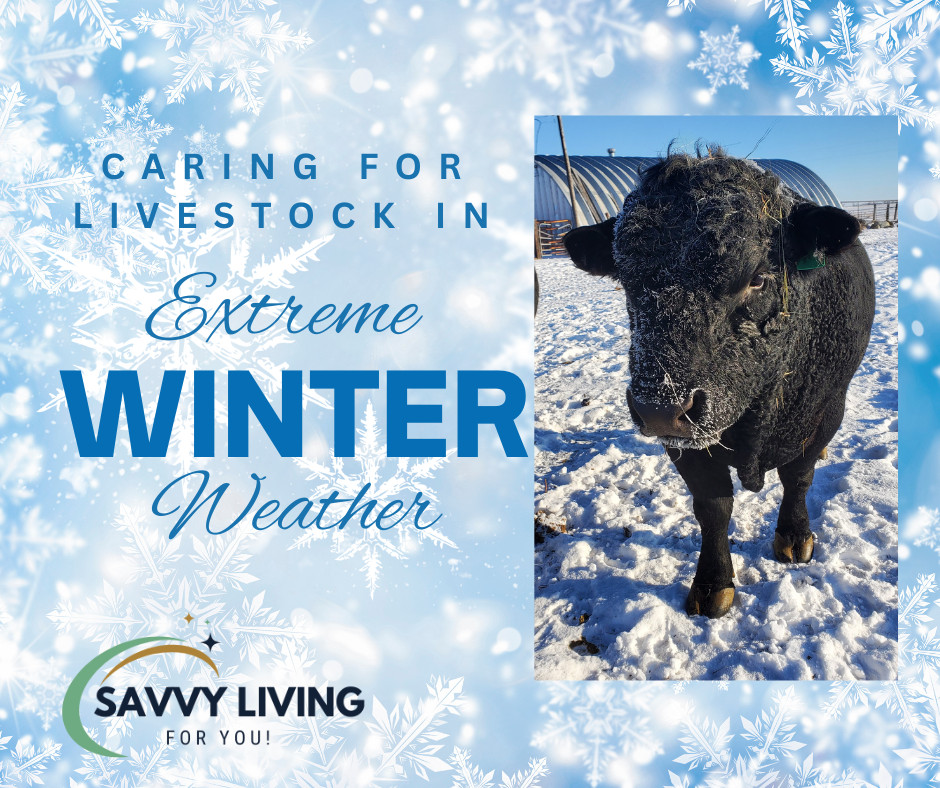
When temperatures plummet and the wind brings arctic chills, livestock care becomes a top priority. A polar vortex doesn’t just challenge us; it pushes our animals to their limits too. Keeping them healthy and comfortable during these extreme conditions is no small feat, but with the right preparations, you can make it through the cold snap together. Here are some tried-and-true methods to keep your livestock safe during a polar vortex.
1. Feed! Feed! Feed!
When it gets bitter cold, livestock burn more energy to stay warm. These extreme cold days are not the time to make the animals clean up their scraps. Instead, provide extra hay and high-energy grains. This is one of the simplest and most effective ways to help your animals maintain their body heat. When an animal eats, the fermentation within the stomach naturally generates heat. This "internal furnace" helps your animals combat bitter winds and freezing temperatures.
Keep an eye on feeding areas to ensure there's always enough hay available, especially during peak cold hours like early mornings and late evenings. If you have pastured livestock, supplement with hay even if they usually forage for themselves—frozen pastures cannot provide the same energy to sustain them during a cold spell. We also supplement our livestock with corn or oats when temps hit well below zero.
2. Water and Minerals
Water might seem like common sense in the summer, but hydration is crucial, even in freezing weather. Dehydrated animals are more susceptible to stress, illness, and cold-related conditions. Just as the dry air of winter leaches moisture from your own skin, it sucks the hydration from your animals too. That, and the fact that they are eating more dry roughage hay and consuming more salt (keep reading) will cause them to be extra thirsty. Make sure your water tanks are easily accessible. Investing in heated waterers or adding tank heaters can save you from constant de-icing and ensure your animals are getting enough to drink.
Alongside fresh water, minerals and salt play a vital role in maintaining your livestock’s overall health. I noticed our sheep and cattle especially have really hit the mineral feeders hard these past few days of -20⁰F and below. Vitamin and mineral intake helps regulate body temperature. Think of how salt melts ice by dropping the freezing point of water. Works similar in the body. Plus, water follows salt, so if you want all that water your livestock are drinking to be absorbed and hydrate the animal, they need salt. Providing free-choice minerals or salt so your animals can replenish what their bodies need is just as important during extreme cold as it is in the summer heat.
3. Provide Deep, Dry Bedding for Warmth
Animals lay on their legs to keep them warm. Deep bedding helps insulate their bodies from the frozen ground and keeps them off the icy, wet surfaces that can sap body heat quickly. Straw and wood shavings are excellent options for bedding, as they retain warmth and allow animals to burrow down for extra coziness.
Check bedding daily for moisture, as damp bedding can do more harm than good—it not only chills the animals but also increases the risk of frostbite and infections. Add fresh bedding frequently to ensure your livestock have a dry and warm place to rest. For larger animals like cattle, consider windbreaks or shelters as additional barriers from the blistering cold.
4. Wind and Shelter Protection
Speaking of shelter, providing your animals with a sturdy, windproof enclosure is critical. Whether it’s a barn, lean-to, or windbreak structure, having a place for them to escape the direct brunt of the wind can prevent frostbite and stress. Be mindful of ventilation as well; too little airflow can lead to moisture buildup, while too much exposure invites drafts.
5. Monitor Animals Closely
During extreme weather, keeping a close eye on your animals is essential. Look for warning signs of cold stress, such as shivering, lethargy, or huddling tightly together. Additionally, monitor their feed and water intake to ensure they’re maintaining their normal routines. Sick or weaker animals will require extra attention and potentially additional shelter and feed to help them recover.
6. Stay Prepared and Plan Ahead
Polar vortex conditions can escalate quickly, so planning ahead will save you from scrambling when the storm hits. Stock up on hay, bedding, and mineral supplies early. Check your watering equipment to ensure it’s functioning properly, and have a back-up plan in case of power outages or freeze ups. A little preparation can go a long way in protecting your animals during these harsh conditions.
Caring for livestock during a polar vortex is no easy task, but your extra efforts will make all the difference in your animals' health and well-being. By feeding extra hay, ensuring access to water and minerals, and providing deep, dry bedding, you can help your animals thrive even in the coldest weather. Remember, your livestock are counting on you, and with the right care, you'll both make it through to warmer days ahead.
Stay warm and stay safe during this polar vortex, and give your animals an extra treat for braving the cold!
See what else people are up to on their homesteads in our community for practical homesteading for busy families HERE.
and how I keep myself warm when I'm doing chores during these cold spells HERE.
Some links may be affiliate links. See full disclosure here.




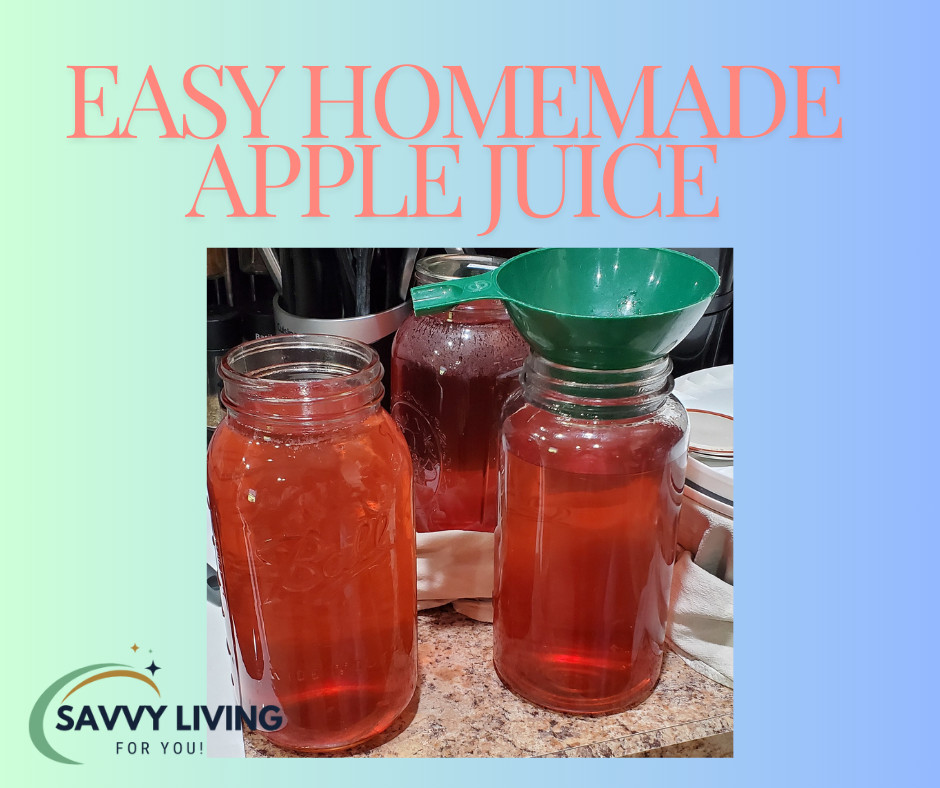
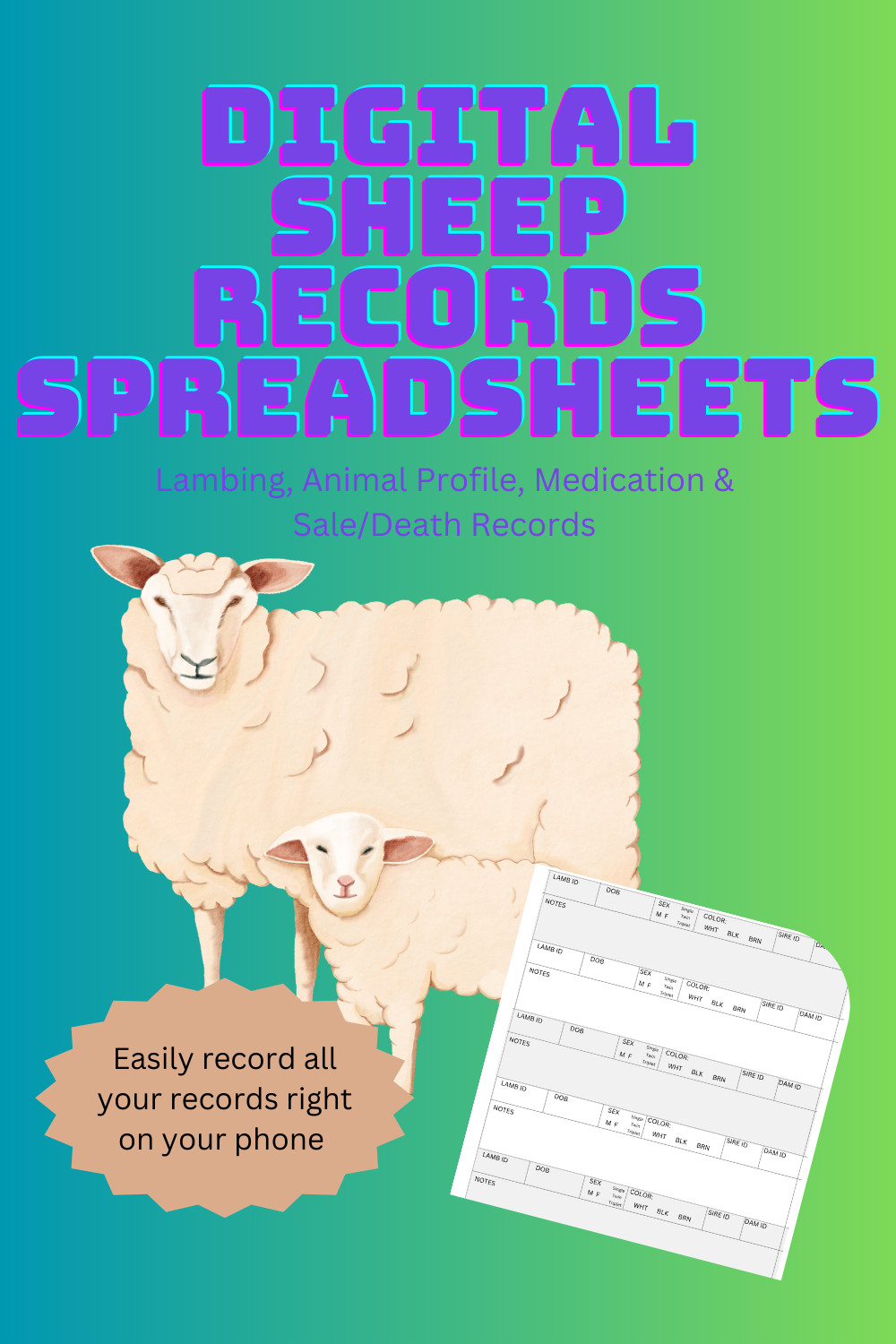


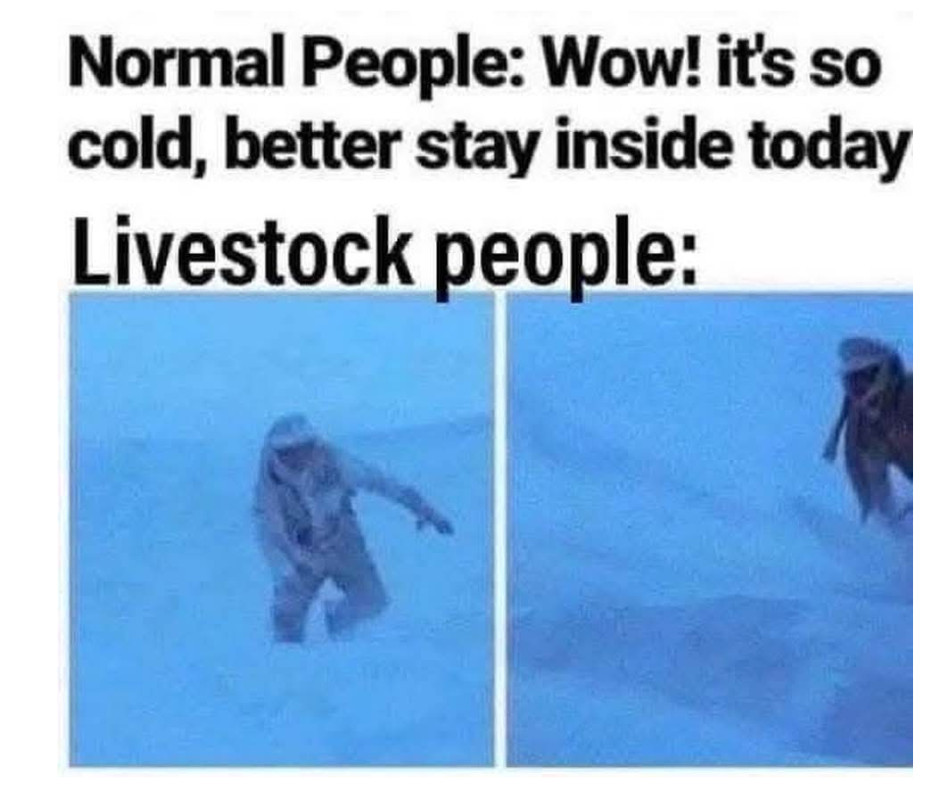
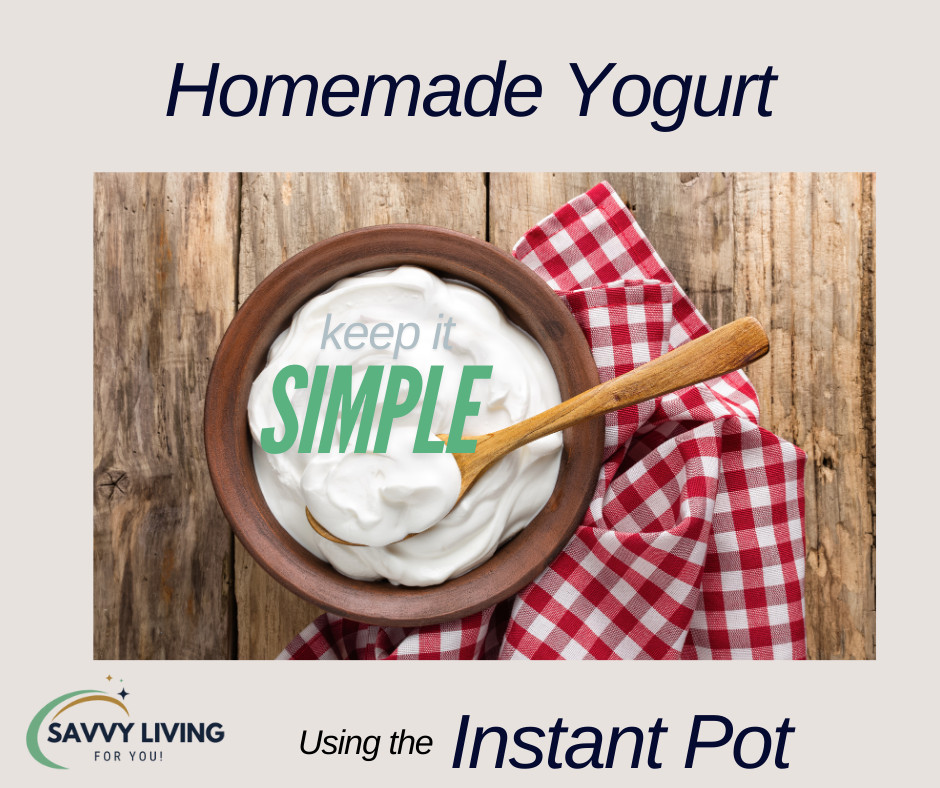





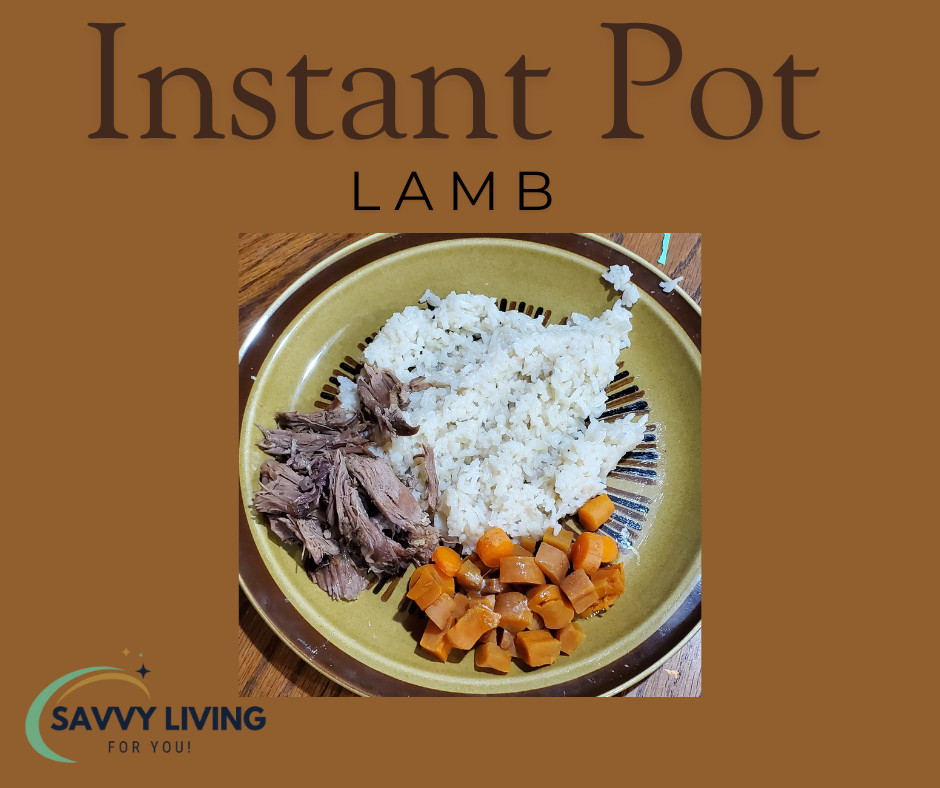

0 Comments